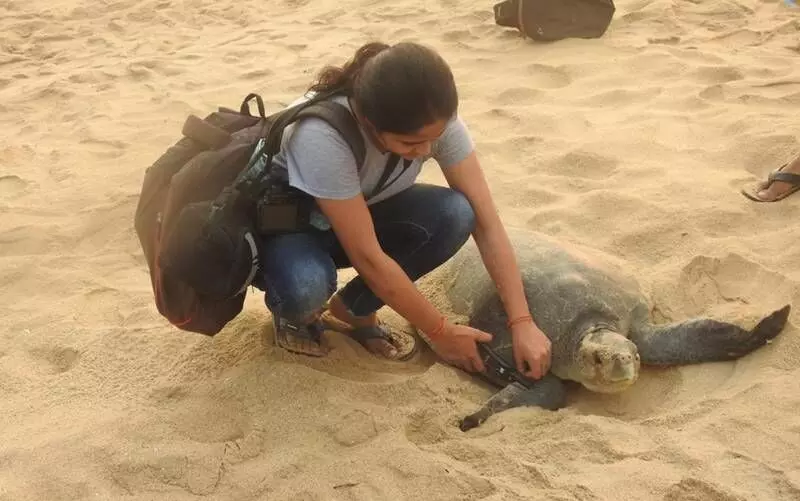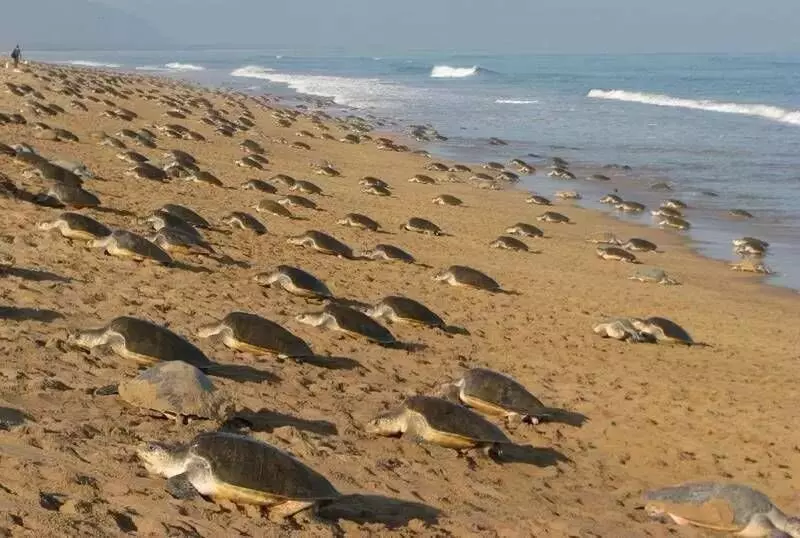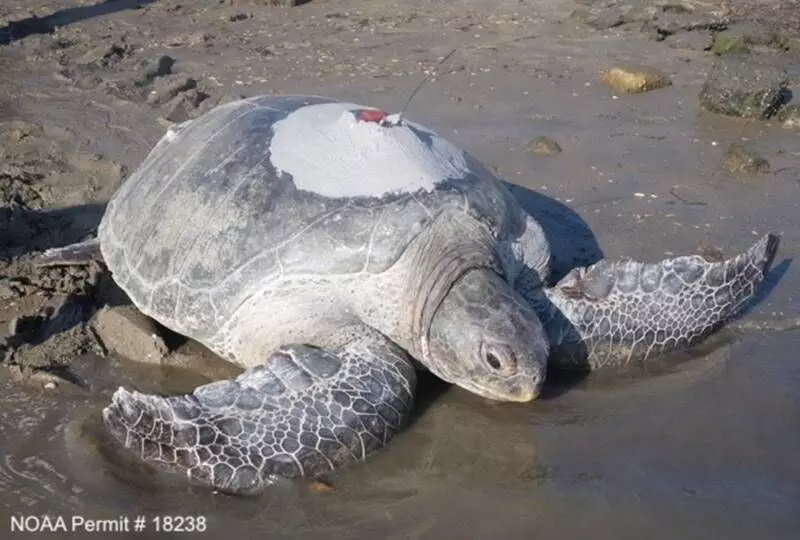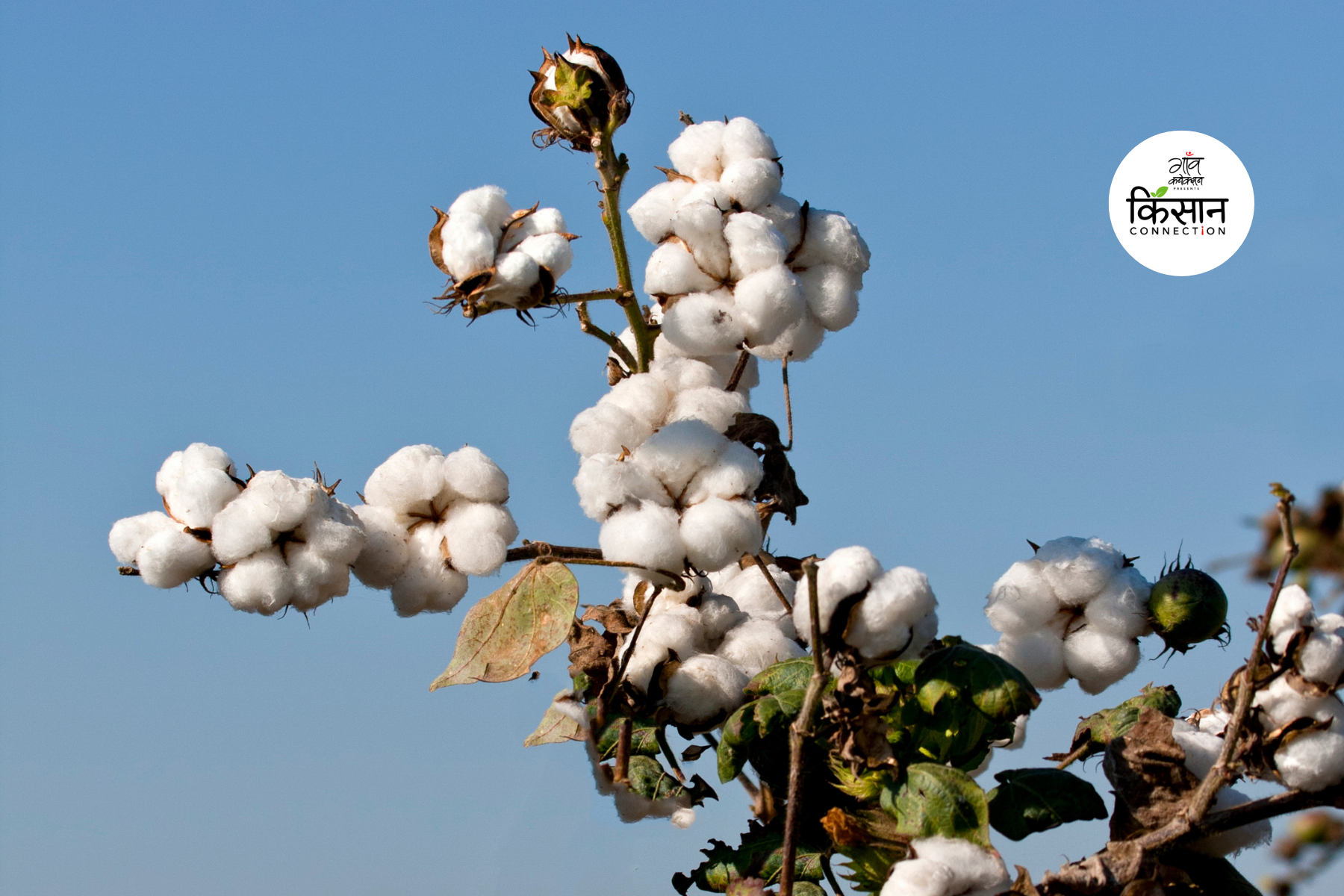A week after wildlife experts and enthusiasts were greeted with the news of almost half a million Olive ridley sea turtles laying eggs in Odisha, a total of 6,500 of these endangered reptiles have been tagged by the Zoological Institute of India (ZSI) in the coastal state in a bid to gather more information about their migration patterns and breeding.
The tagging of these sea turtles commenced on March 26 on the Rushikulya beach in Odisha’s Ganjam district and was assisted by the officials from Odisha State Forest Department.
“We have fitted metallic tags on the flippers of 6,500 turtles at Rushikulya river’s bank. ZSI will fit tags on as many as 30,000 turtles in the state in the next five years during the arribada (Spanish word for the mass nesting) of these turtles. All the tags are marked with a number and will help us in identifying the specific reptiles and the migratory routes they undertook,” Anil Mohapatra, senior scientist and Officer in Charge of ZSI in Odisha’s Gopalpur told Gaon Connection.
Also Read: Record nesting of endangered turtles in Odisha underlines decades of conservation efforts
The official also informed that after a gap of nearly two decades, the ZSI had started tagging turtles at Rushikulya and Gahirmatha rookeries last year. Also, in 1994 to 1998, the forest department fitted tags on 35,000 Olive ridley turtles.
“In 1981 , noted turtle researcher Chandrasekhar Kar tagged some turtles for the first time at Gahirmatha marine sanctuary in Odisha ‘s Kendrapara district. Tags help us in tracking the migratory routes of marine species. Last year, we tagged 1,035 turtles at Gahirmatha marine sanctuary and 365 turtles at Rushikulya,” Mohapatra said.

He informed that at least 550,317 turtles have already laid eggs since March 26 at Rushikulya. Similarly 501,157 female turtles arrived at Gahirmatha for laying eggs from March 25 to March 28.
“This year we could not tag any turtle at Gahirmatha as arribada started at two sites of Rushukulya and Gahirmatha simultaneously,” Mohapatra added.
Tagging to help gather info on reproduction, growth rate and migration
The ZSI official shared with Gaon Connection that 12 turtles that were tagged last year were found on the Rushikulya beach during the ongoing arribada.
“The sighting of 12 tagged turtles in Rushikulya recently proves that the female turtles of Rushikulya often come to the same beach to lay their eggs,” Mohapatra said.
Tagging of the sea turtles is mostly conducted to obtain information on reproductive biology, migratory movement and growth rates. Sea turtles throughout the world are known to migrate thousands of kilometers between their nesting beaches and feeding grounds.

“The tagging also helps us in determining the turtle’s migratory route and areas of foraging. Tagging data also proves the interconnections of turtle populations that navigate from one country’s waters to another,” the official informed Gaon Connection.
In April, 2001 for the first time, the Odisha Forest Department and the Wildlife Institute of India (WII) had also fitted four turtles with Platform Transmitter Terminals (PTTs) at Devi beach facilitating an online monitoring of migratory routes.
A PTT is a tracking device which transmits signals to the satellites which help in denoting the routes undertaken by the target animal or birds.
Also Read: Odisha records 33% rise in dolphin population but numbers drop in Chilika lake
“The PTT fitted turtles circled the waters, and only one was seen to migrate south towards Sri Lanka, as per the tagging result. Unfortunately, all four turtles had also stopped transmitting within two to four months, either due to some technical problems or trawler-related mortality, Basudev Tripathy, a noted turtle researcher and a scientist at ZSI’s Pune-based Western Regional Center told Gaon Connection.
Past experiences with tagging turtles
In 2007, the state forest department also fitted PTTs on 30 turtles in Odisha and many turtles were found to have migrated towards the waters of the Bay of Bengal in Sri Lanka .
“Unfortunately all the PTTs fitted turtles stopped transmitting within a year , either due to some technical problems or trawler-related mortality,” Tripathy added.
Tripathy further highlighted that there is a significant genetic difference between the Olive ridley sea turtles of India with the turtles of Costa Rica, Mexico, Australia and other countries.

“Our research has demolished the myth that the Olive Ridley sea turtles come from Australia , Costa Rica and other countries from the Pacific Ocean for laying eggs at Gahirmatha and Rushikulya,” Tripathy said.
The Union Ministry of Environment, Forest and Climate Change and the Ministry of Science and Technology had granted a sum of Rs 10 million
“We will spend around Rs 40 lakh to purchase 30,000 tags.
The most important thing to remember if you find or catch a tagged turtle is not to remove the tags from its flippers. Aside from causing pain, losing these tags means that the next time this turtle is sighted, we won’t know its history and we will therefore lose a lot of valuable information,” Tripathy told Gaon Connection.




















